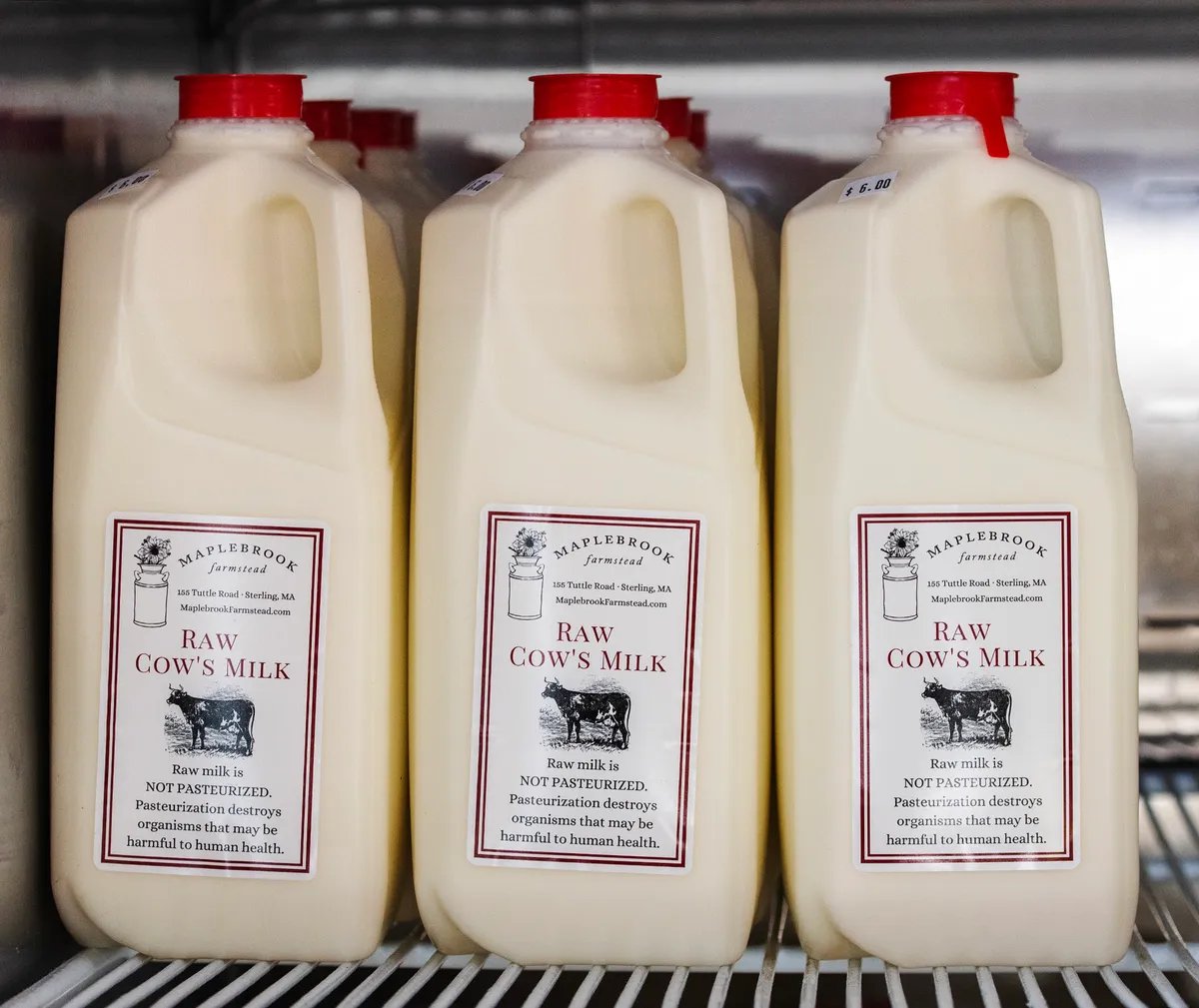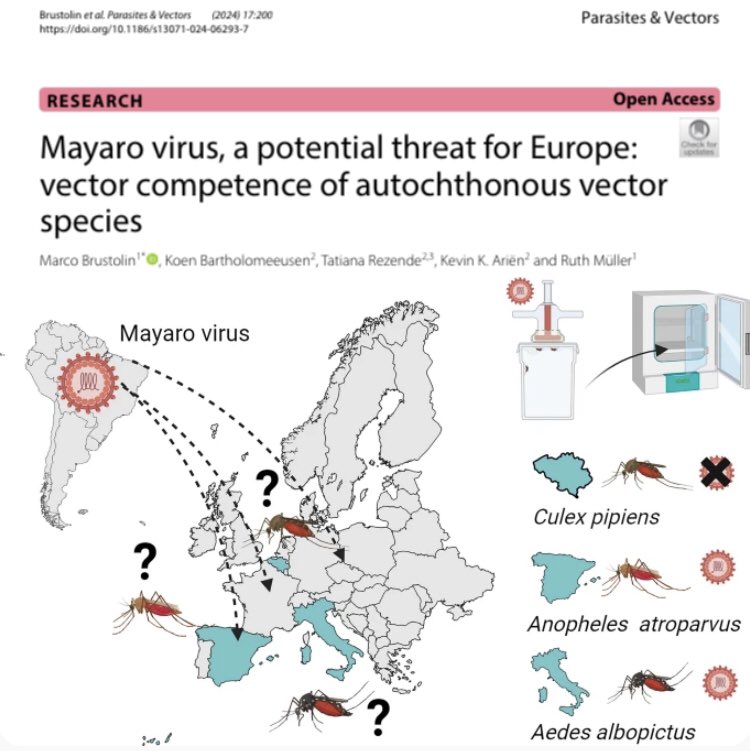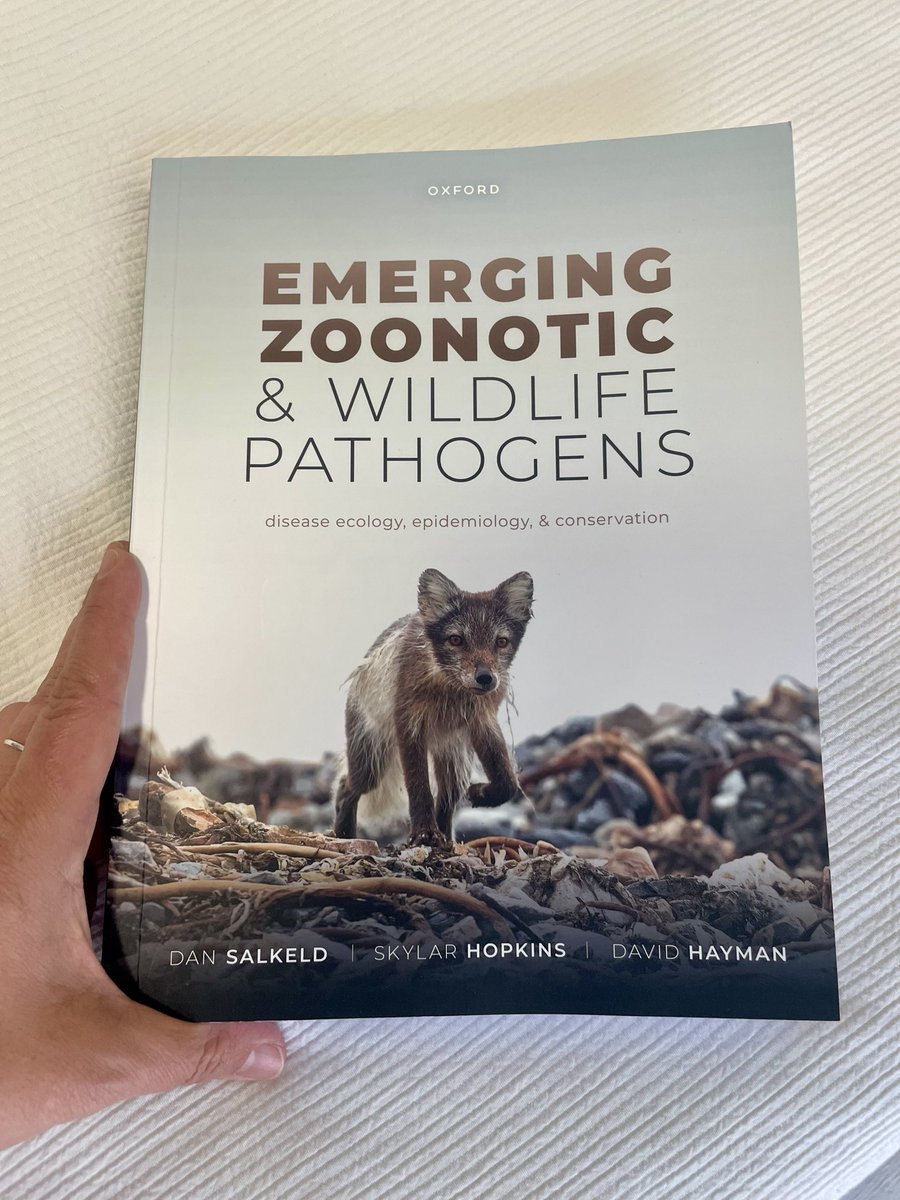
Elisa Pérez-Ramírez
@Bureli
Viróloga veterinaria en el Centro de Investigación en Sanidad Animal @cisa_inia_csic @inia_es @CSIC. Virus, enfermedades emergentes, zoonosis y One Health.
ID:6893632
18-06-2007 15:18:51
6,9K Tweets
3,4K Followers
1,1K Following


Para responder algunas de las preguntas más relevantes sobre la infección de #GripeAviar en vacas es imprescindible realizar infecciones experimentales en animalarios de alta seguridad.
Son experimentos complejos pero ofrecen información esencial para la prevención y el control.

‼️ Me acaba de llegar el PRIMER EJEMPLAR del libro #ABordoDeTuCuriosidad Editorial Crítica, que ha quedado precioso 😊
Con un sugerente prólogo de Javier Santaolalla y maravillosas ilustraciones de #KimAmate . 👏🏼👏🏼
El 8 de mayo en vuestras librerías: espero que disfrutéis de este viaje!!


Highly recommended podcast!
20 minutes of interesting interview to Meghan Davis and Andrew Pekosz about the latest update on #AvianFlu outbreaks in diary cattle. Nice combination of veterinary medicine and virology points of view.







Sobre el riesgo potencial de contagiarse con #GripeAviar al ingerir leche cruda (sin pasteurizar):
Segun este estudio, 4.4% de los adultos de USA consumieron leche cruda al menos 1 vez en el año anterior y 1.6% la consumieron al menos una vez al mes.
pubmed.ncbi.nlm.nih.gov/35333921/


Es este miércoles!! 📣
Seminario conjunto con Miguel Ángel Jiménez Virusemergentes CISA - Centro de Investigación en Sanidad Animal Virología Fundamental-FCIEN Facultad de Ciencias






🦠 #Mayaro virus may be a new #arbovirus to be carefully monitored in #Europe due to #globalization , increasing number of imported cases & appropriate #vector competence of common species well established in our continent like #AedesAlbopictus & #AnophelesAtroparvus 🦟



